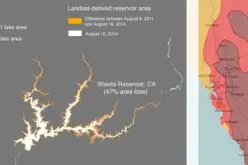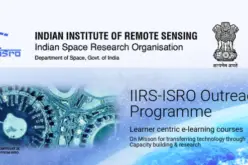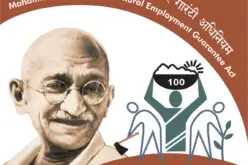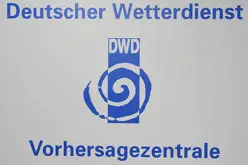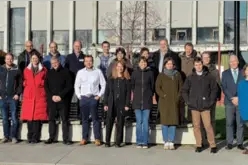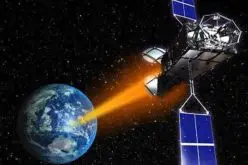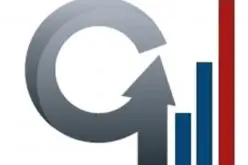Manchester Wins £10m Prize to Become World Leader in ‘Smart City’ Technology
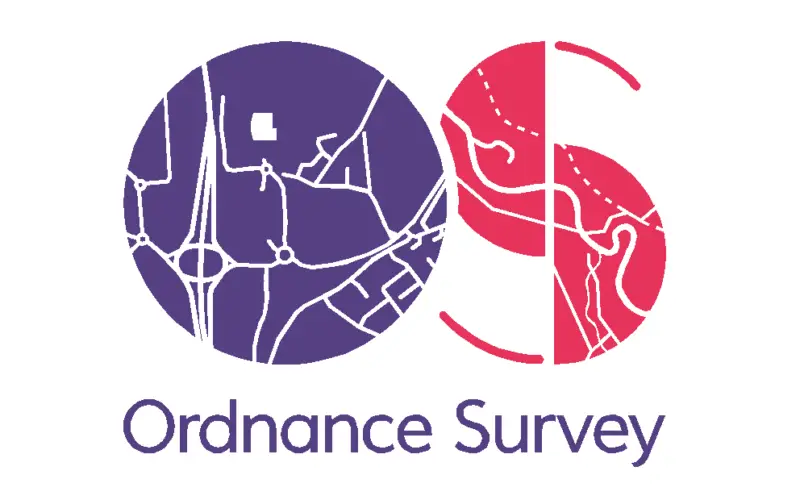
Ordnance Survey is part of a public – private consortium that is celebrating winning a £10m competition for Manchester to be the UK’s Internet of Things (IoT) Demonstrator, awarded by the Department for Culture, Media and Sport.
 The city will now become an arena for in-field innovation trials that demonstrate the capability of the IoT. The ‘CityVerve’ proposition aligns with Manchester’s on going devolution commitment to deliver innovative solutions to local needs and priorities and focus on the continued growth of the digital economy, and the more efficient and effective delivery of services such as transport, healthcare and energy. It is also intended that what is learnt in Manchester can be applied in other areas of the UK and around the globe.
The city will now become an arena for in-field innovation trials that demonstrate the capability of the IoT. The ‘CityVerve’ proposition aligns with Manchester’s on going devolution commitment to deliver innovative solutions to local needs and priorities and focus on the continued growth of the digital economy, and the more efficient and effective delivery of services such as transport, healthcare and energy. It is also intended that what is learnt in Manchester can be applied in other areas of the UK and around the globe.
Miranda Sharp, Head of Smart Cities Practice, says: “The Manchester project is an exciting development for OS and we are very much looking forward to working with the partnership that includes Manchester City Council, global technology giant Cisco UK, the University of Manchester, BT and innovative UK SMEs including Asset Mapping. We are involved in Smart City programmes across Great Britain and it is clear the needs and aspirations of towns and cities can vary, but the one constant is the need for accurate and interoperable mapping and location data to enable robust analysis. Without mapping, geography and Geographic Information Systems (GIS) it would be impossible to create a Smart City environment powered by the Internet of Things.”
One of the earliest examples of mapping data being used to provide a Smart City type answer to a serious issue occurred when a cholera outbreak swept through Soho, London, in 1854. Not satisfied with the authorities’ explanation that ‘bad air’ was the cause of the epidemic, local physician John Snow created an accurate map of the area, plotting on it the exact location of each of the hundreds of deaths. Analysing the information and presenting it on a map alongside accounts of local witnesses, Snow was able to eventually prove that shared neighborhood water pumps were in actual fact responsible. His use of geography and the results derived from it prompted a decade’s worth of improvements to public health and sanitation facilities that we still benefit from today.
Miranda continues: “If a picture says a thousand words, then a map says millions. Presenting information from different sources on a map can help people understand complex problems in seconds and identify areas of strength and weakness, as John Snow was able to do. A map contains all the small details, which, when analysed and exploited, is a valuable tool that helps you see the bigger picture. As the demand for smarter ways of working and Smart urban areas increase, the importance of accurate location data will only grow.


